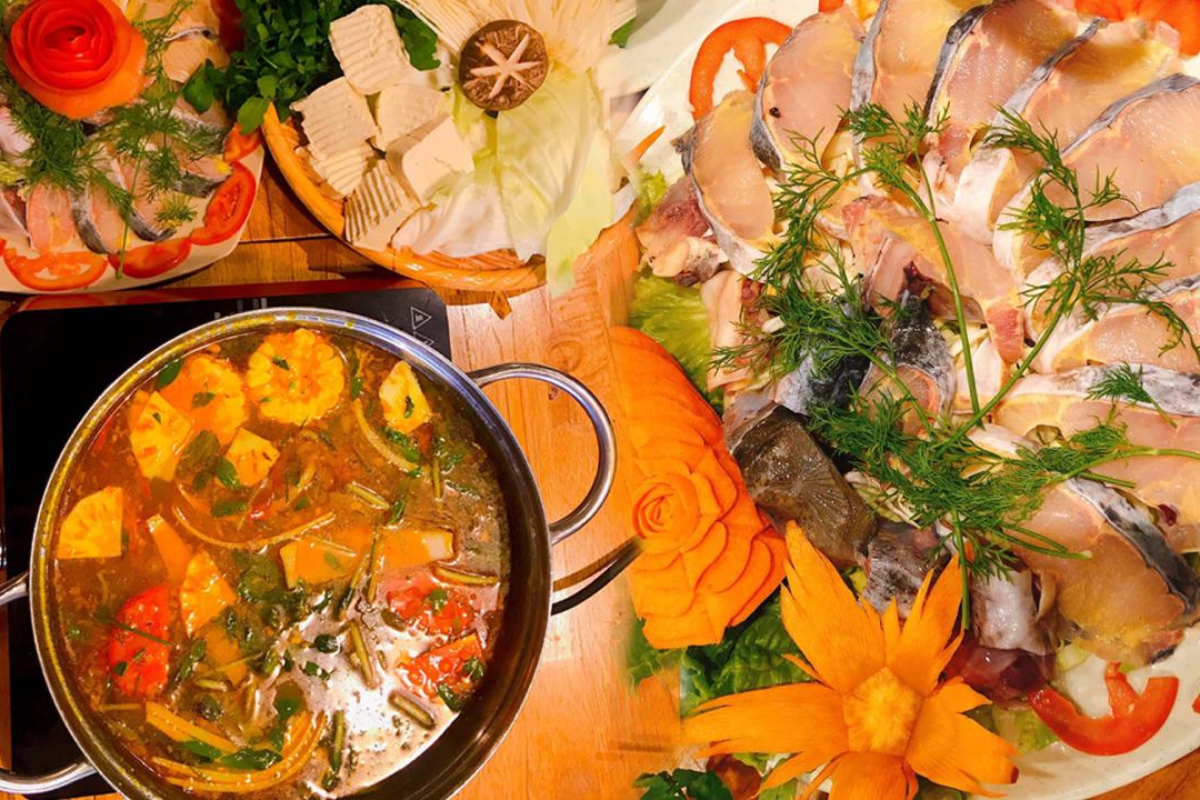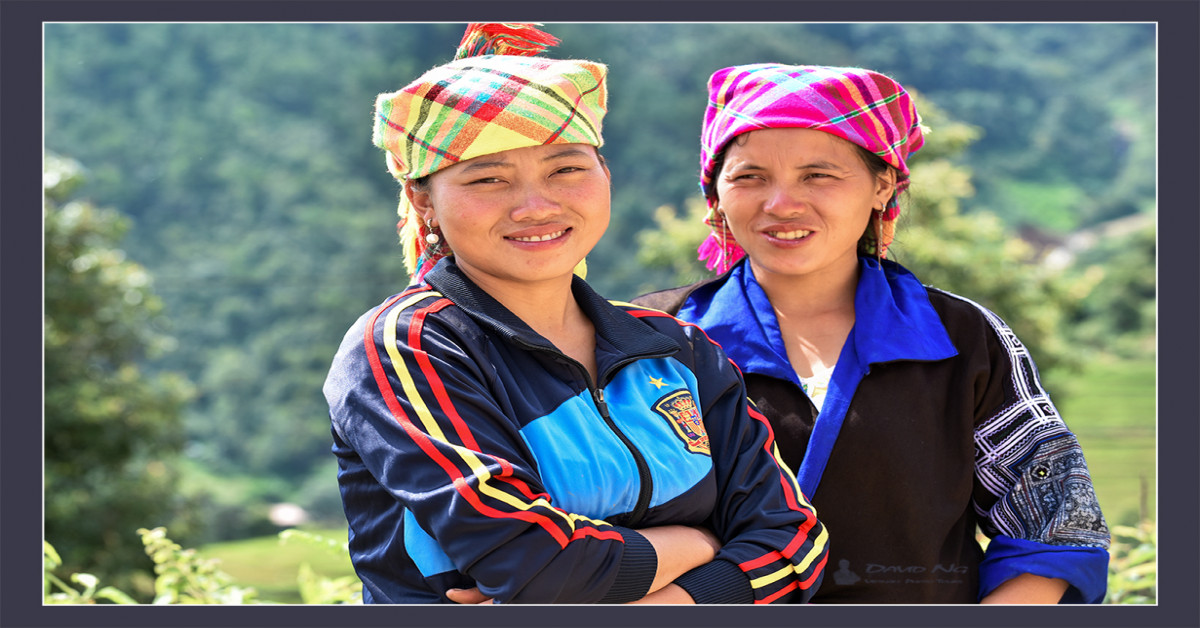Discover the Enchanting Paper-Making Village of the Nung An in Cao Bang
Situated just 300 km northeast of Hanoi, Cao Bang is a breathtaking destination that beckons travelers with its lush forests, majestic mountains, and picturesque valleys. This hidden gem of Vietnam offers an escape into nature, making it an ideal spot for those eager to explore and discover.Beyond its stunning landscapes, Cao Bang is home to vibrant ethnic communities, each rich in unique craftsmanship. Among them, the Nùng people are particularly renowned for their exquisite “bản” paper, a traditional craft skillfully produced in the hamlet of Dia Tren.
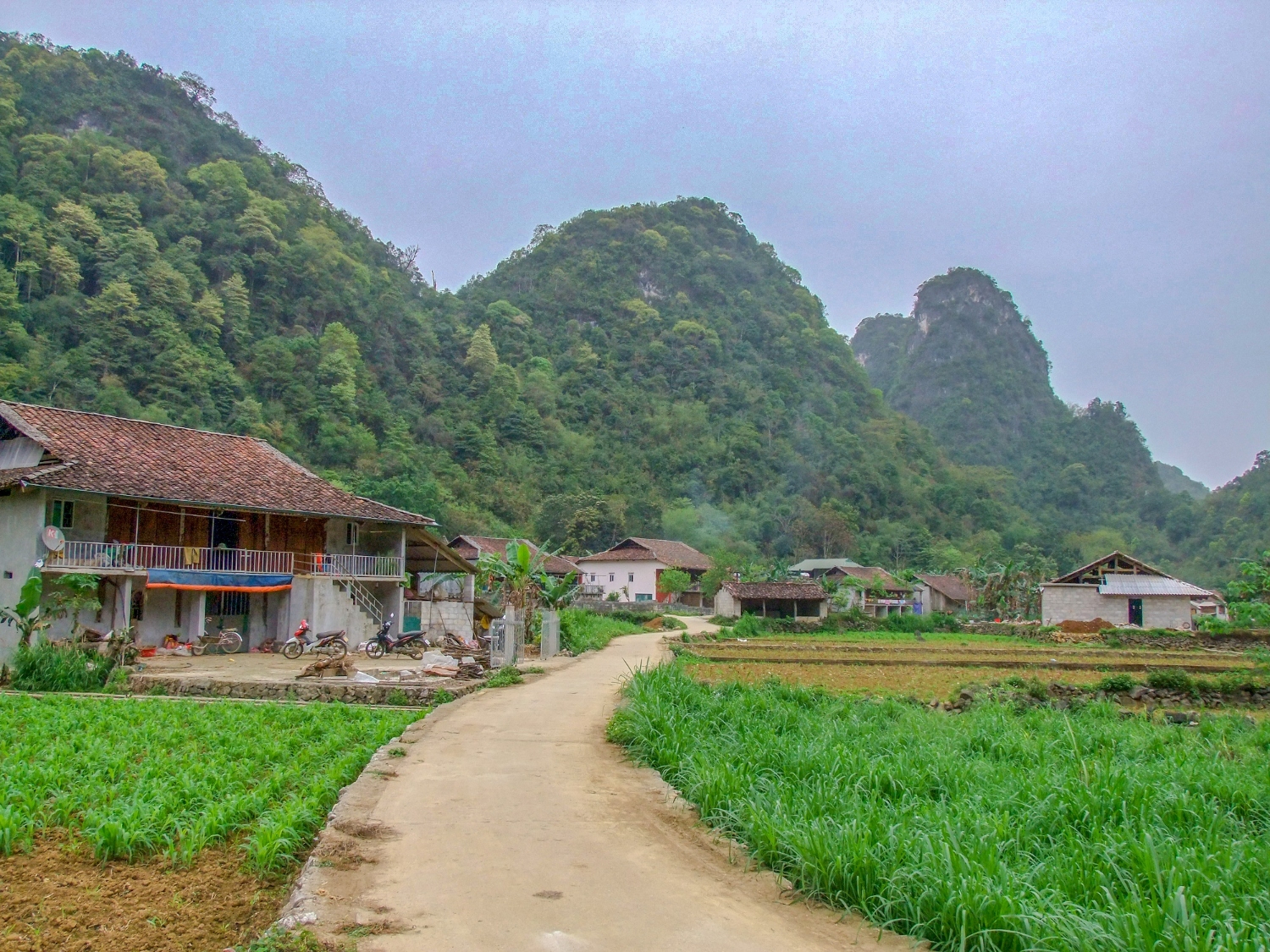
Table of Contents
- I. Why Visit the Paper-Making Village of the Nung An, Cao Bang?
- II. Unique Characteristics of the Village Nung An, Cao Bang
- III. Useful Travel Tips for the Paper-Making Village Nung An in Cao Bang
I. Why Visit the Paper-Making Village of the Nung An?
The ancestral craftsmanship of paper artisans in the hamlet of Dìa Trên, located in Phúc Sen commune (Quảng Hòa district), is a treasure of Vietnamese culture. Home to 65 households dedicated to this traditional craft, Dia Tren village, also known as Bản Dìa, is renowned for its unique methods of producing "giấy bản" (traditional Vietnamese paper). This art form has been meticulously preserved by the Nung An ethnic group for generations.
By visiting this village, you’ll gain a glimpse into authentic Vietnam, where unique traditions and local charm are still alive. The paper-making process is carried out entirely by hand, ensuring that age-old traditions continue to thrive. This craft is not just a trade; it is a vital part of the cultural identity of the Nùng An people.
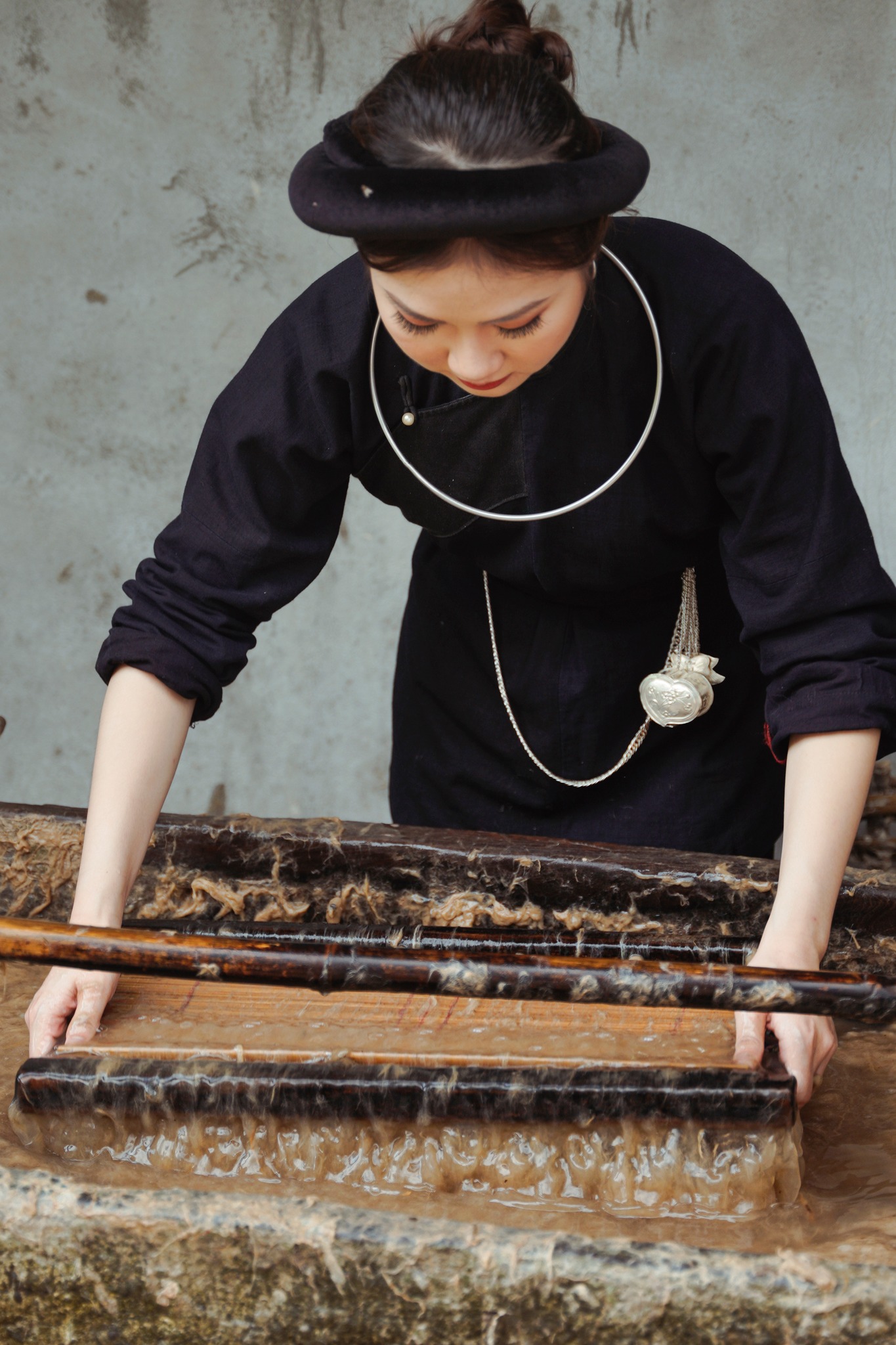
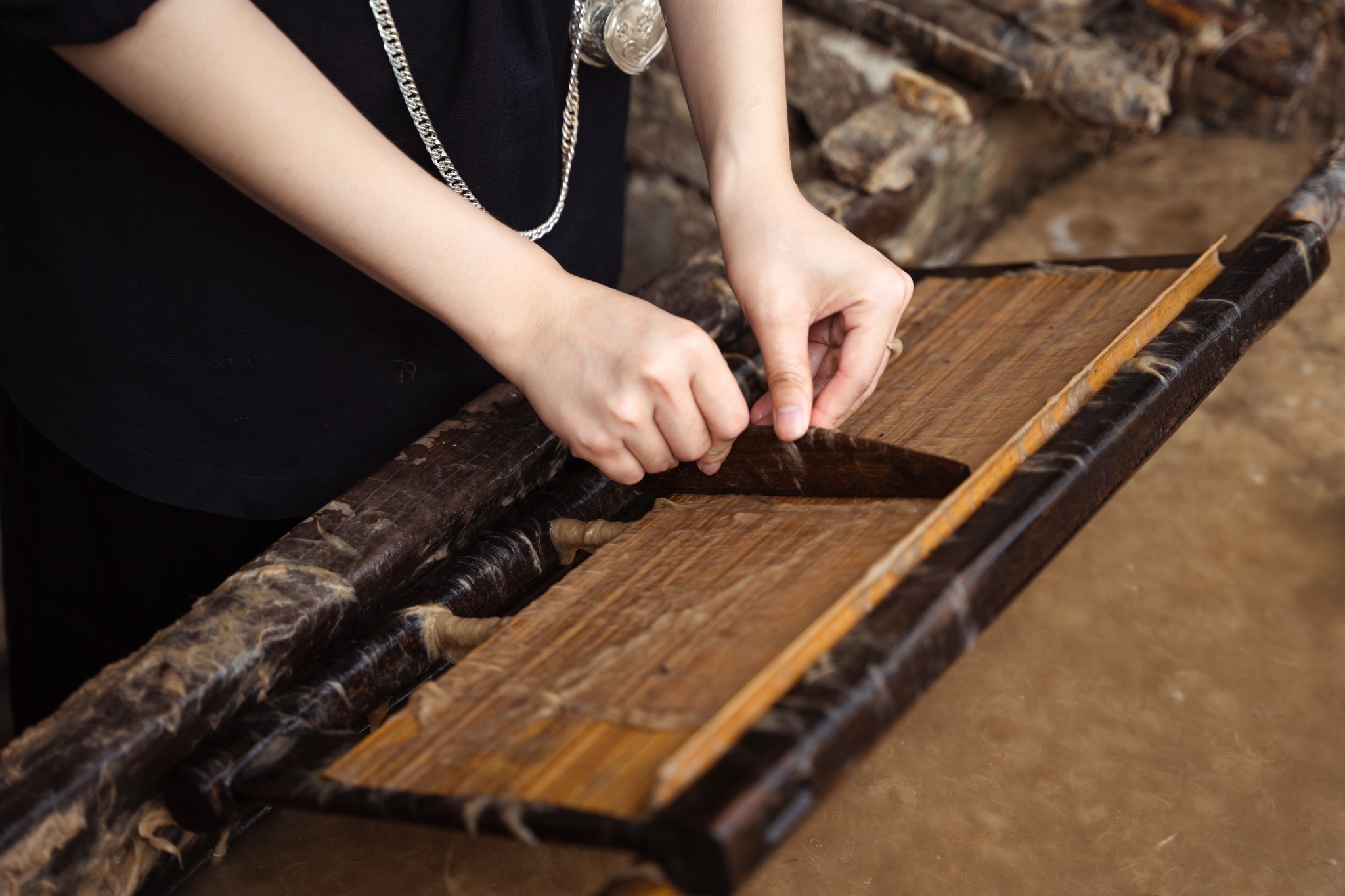

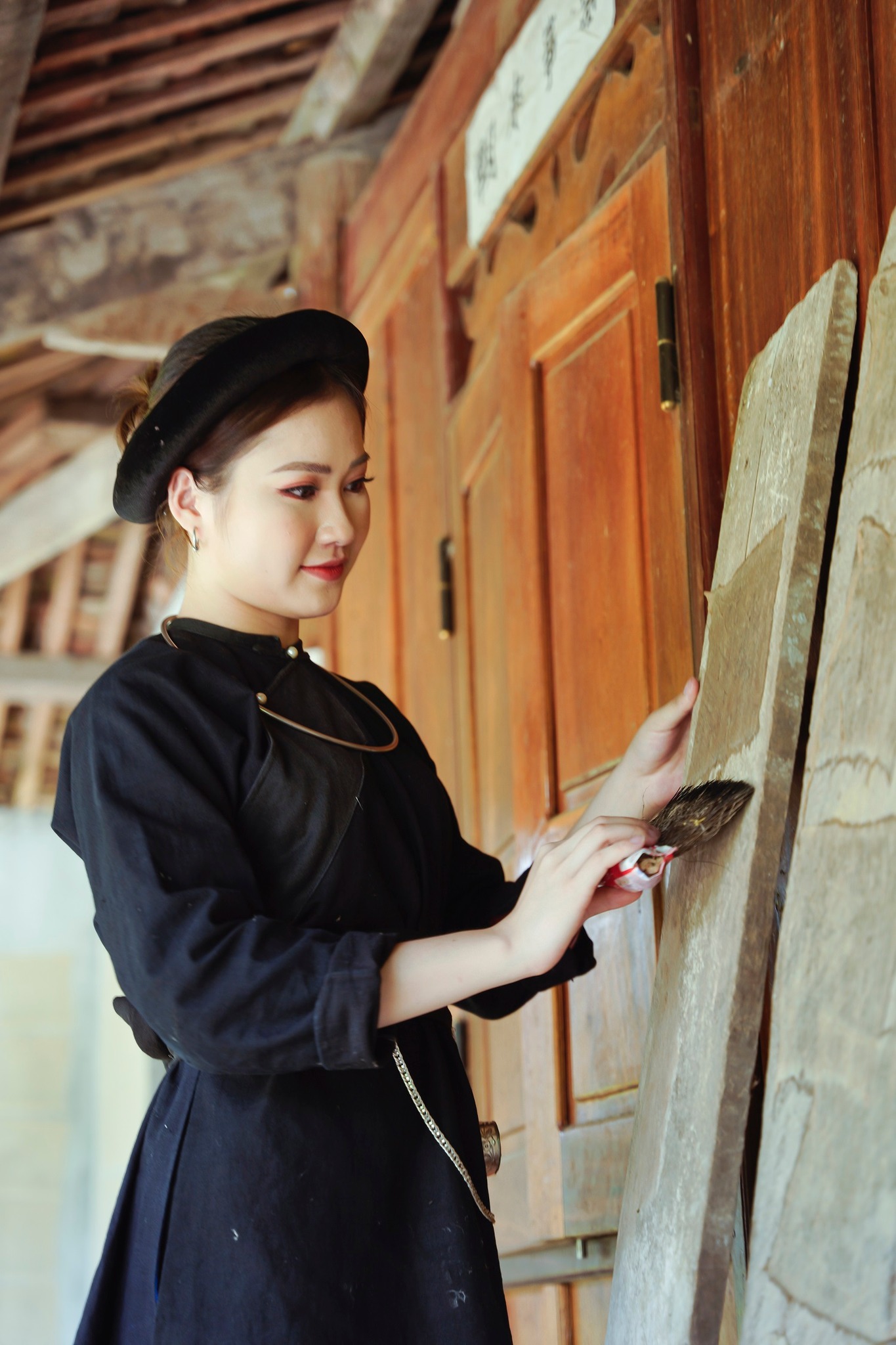
What can you do in Cao Bang? Visiting the paper-making village of the Nùng An offers a unique experience for several reasons. You can observe how the Nùng An create their famous “bản” paper using ancient techniques passed down through generations. From pulp preparation to paper drying, every step of the process is a fascinating journey into their craftsmanship.
Engaging with local artisans allows you to learn about their way of life and rich cultural heritage. Many artisans provide workshops where you can try your hand at making your own paper, gaining a deeper appreciation for the meticulous work involved. The beautiful creations made from Nùng An paper, such as lanterns, paintings, and decorations, are available for purchase, allowing you to take home a piece of this cultural treasure.
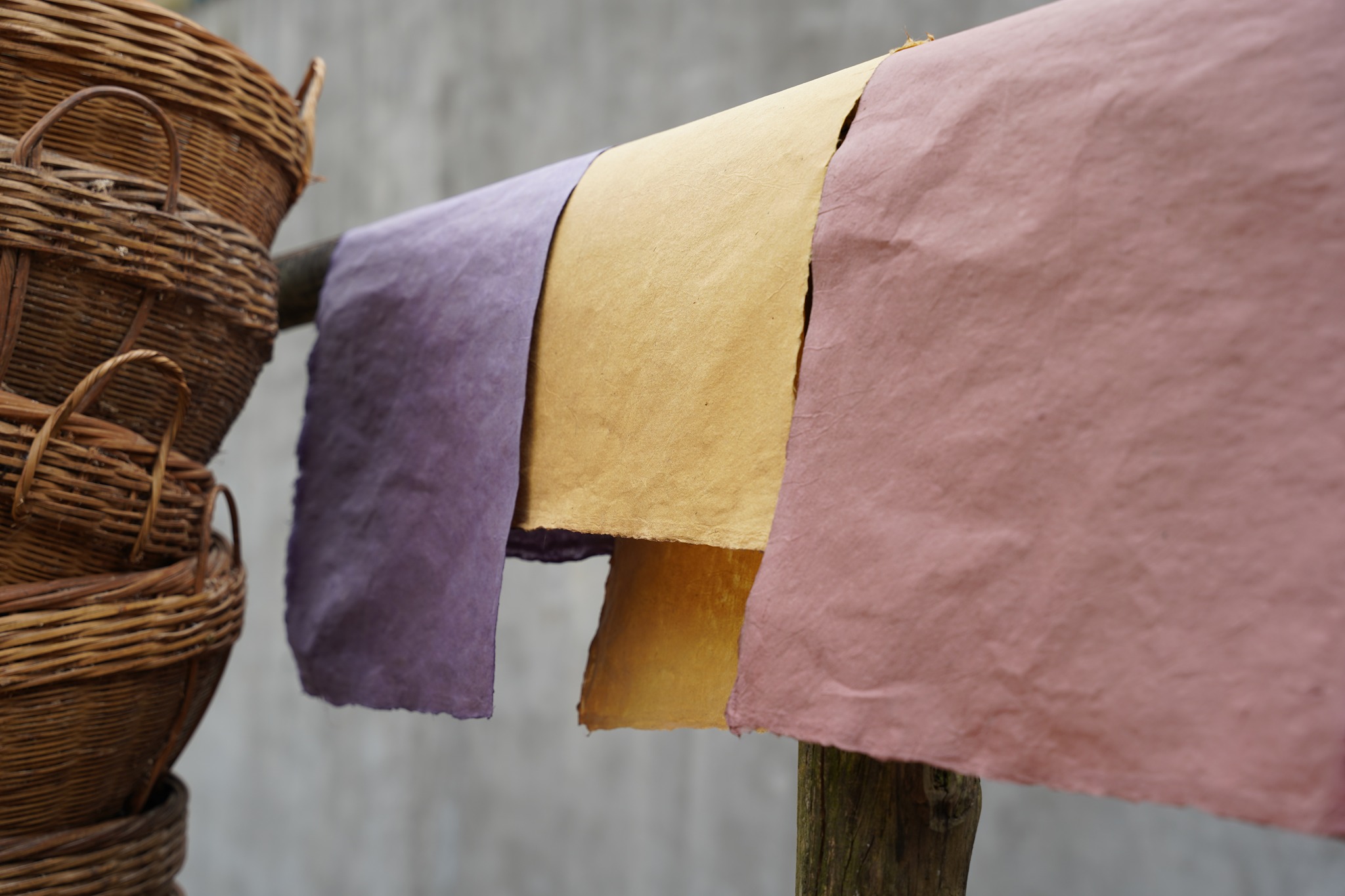
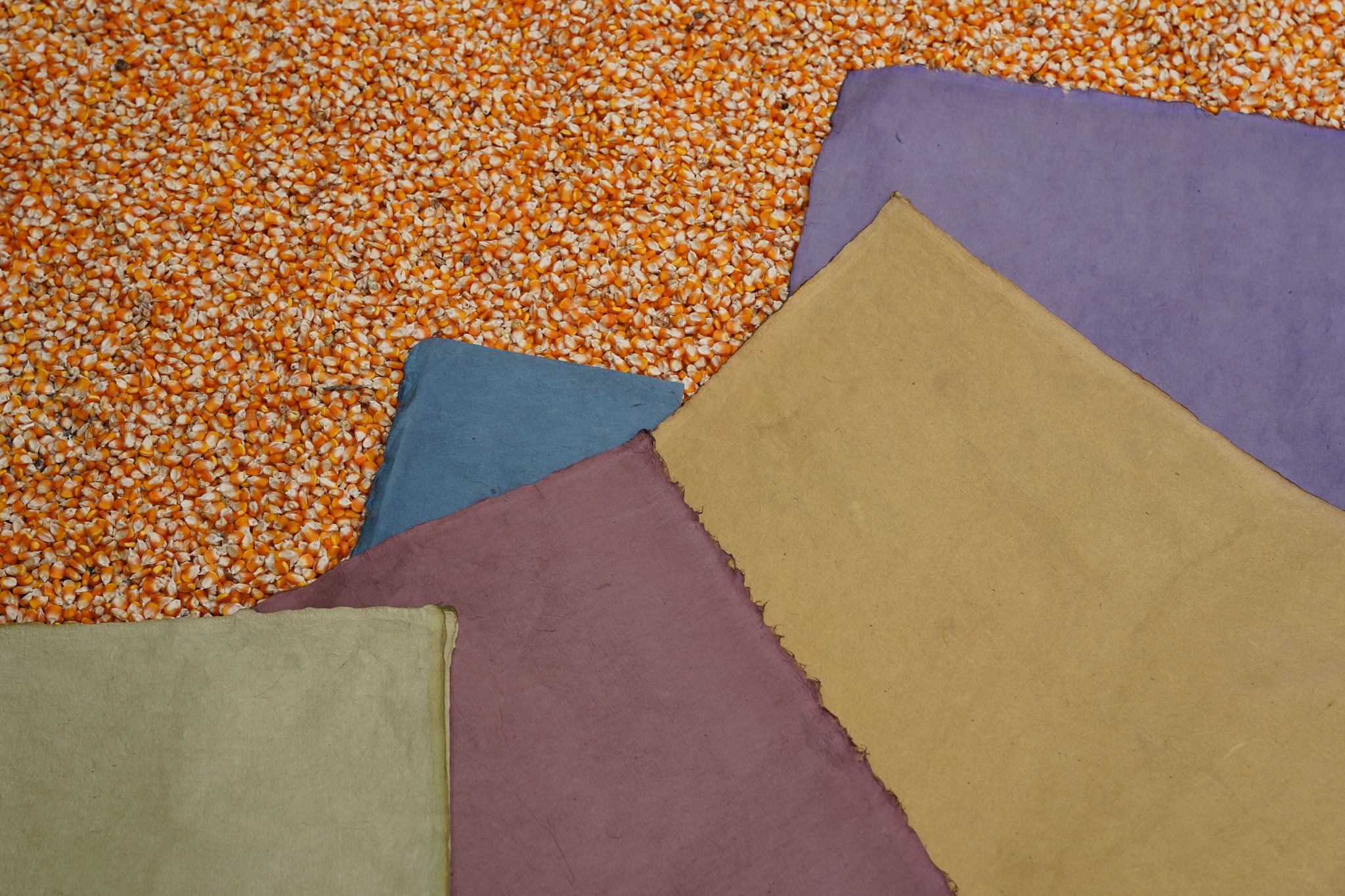
Nestled in a picturesque region, the village offers a peaceful escape from urban life. The stunning natural beauty surrounding the village enhances your visit, making it not only educational but also enriching. Learning about the paper-making process and the culture of the Nùng An deepens your appreciation for the importance of preserving cultural traditions in Vietnam.
II. Unique Characteristics of the Paper-Making Village Nung An in Cao Bang
The craft of making paper has been preserved and developed by the Tày and Nùng ethnic groups for hundreds of years. While the exact origin of this paper remains unknown, the techniques have been meticulously passed down through generations, with each new generation continuing the legacy of their ancestors.
The process of creating traditional paper involves many manual and intricate steps. A variety of specific tools are essential in this craft, including cutting boards, wooden sticks for beating, molds, stones for pressing wet paper, and large cooking pots. The primary raw material used to produce traditional paper is the bark of the May Sla tree (known locally). The dried bark is typically hung above cooking stoves for use throughout the year.
The process of making paper begins with soaking strips of dried bark until they soften, followed by cooking them in lime water. Once cleaned, the bark is soaked in running water, ground, and placed in a water tank with oil extracted from the Khua Hao tree. The resulting pulp is then molded into sheets of paper, brushed, and dried on surfaces such as walls, ensuring high quality and durability.
III. Useful Travel Tips for the Paper-Making Village Nung An in Cao Bang
If you plan to travel to Cao Bang, Vietnam, be sure to include the traditional paper-making village of Dia Tren in your itinerary. This hidden gem offers an authentic glimpse into Vietnamese culture, steeped in traditions and local charm that you won't find anywhere else in the world.
Tips for Your Visit
Here are some useful tips to enhance your experience at the Nung An paper-making village:
- Research in Advance: Familiarize yourself with the village's traditions, history, and activities before you arrive.
- Plan Your Transport: Ensure you have transportation arranged, whether it’s public transport, car rental, or hiring a local guide.
- Accommodation: Explore accommodation options near the village and book in advance if necessary for a seamless experience.
- Dress Code: Dress respectfully according to local customs to show appreciation for the culture.
- Respect for Residents: Be mindful of the villagers' customs and privacy. Always ask for permission before taking photos.
- Cultural Exchange: Engage with locals, ask about their traditions, and learn from their crafts. This enriches your travel experience and fosters positive cultural exchanges.
Conclusion
A visit to the Nùng An paper-making village in Cao Bang offers a unique opportunity to discover an authentic aspect of Vietnamese culture. By following these tips, you can fully enjoy your experience, support local artisans, and create unforgettable memories. May your journey be filled with enriching discoveries and memorable encounters!
We hope this information about Dia Tren village helps you have an enjoyable and authentic experience in Cao Bang, Vietnam. For a satisfying experience that exceeds your expectations, please CONTACT WORLD MATE TRAVEL, your trusted Vietnam travel agency, now!
Explore More About Cao Bang
- Ban Gioc Waterfall: The Complete 2025 Tourist Guide
- Me Pia Pass: The Most Dangerous Journey of North Vietnam
- Nguom Ngao Cave: A Journey into the Depths of Beauty
- Nui Thung Mountain & Thang Hen Lake: Nature’s Hidden Treasures
- Cao Bang, Penang, and Luang Prabang: Southeast Asia's Best Places to Visit
- Cao Bang Geopark: One of the World's Most Breathtaking Sights
- When to Visit Cao Bang: A Seasonal Travel Guide
- Cao Bang's Weather: Best Time to Visit & Seasonal Highlights
- Discover the 16 Must-Visit Destinations in Cao Bang, Vietnam
- Na Tenh Pass: A Scenic Hidden Gem in Cao Bang’s Highlands
- Phia Thap Incense Village: Explore Cao Bang's Traditional Craft & Culture
- Vinh Quy Grass Hill: Explore Northern Vietnam’s Hidden Burnt Grass Paradise
- Discover Phong Nam Valley: Cao Bang’s Best-Kept Secret
- Thang Hen Lake: Special Things Await Tourists

